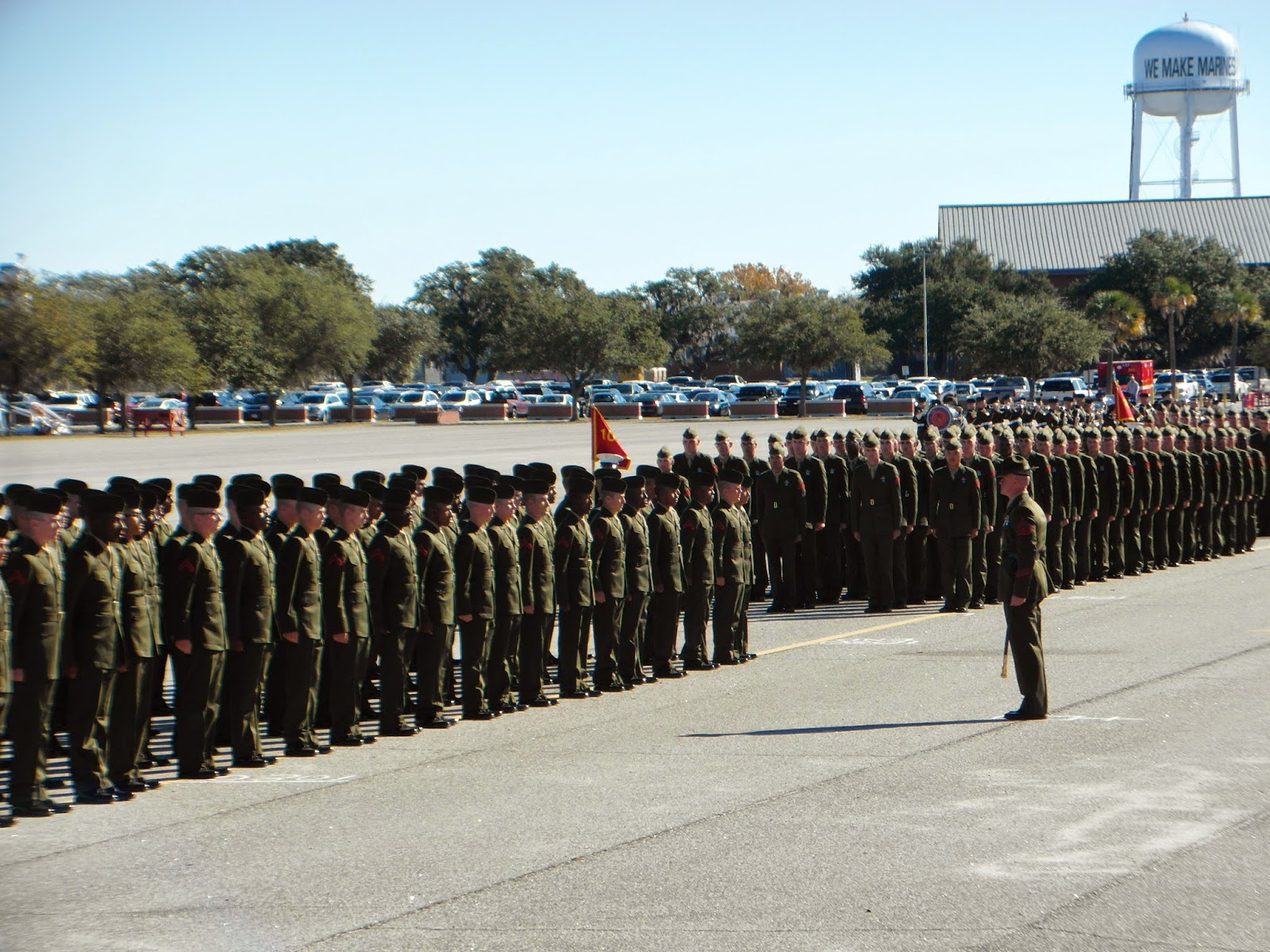I’ve seen a few forts in my day. There is a whole spectrum
of forts, from snow forts and tree forts to the imposing Fort Henry near my
home town.
I’ve seen a whole lot
more now. It seems the Americans and the British got into a couple of tiffs
over the years and decided to resolve the conflicts by throwing cannonballs at
each other. Then they started a little
bit of sibling rivalry called the Civil War.
The forts that we’ve seen on this trip are right on the
Atlantic Ocean, and took a lot of battering in all that fighting. We toured
Fort Sumter, built on a sand bar in Charleston Harbour, where the first shot of
the Civil War was fired. Rocks had to be brought in to stabilize the sand enough
so they could build walls on it. The fort took up the entire resulting island.
It was a brilliant position for defending the harbour and the city. Except that
the fort was built and controlled by the Union, while the Confederates held the
city and all the rest of the land around the harbour.
It was a short-lived battle.
Fort Pulaski is just south of Savannah. It was protected by a moat, and with 7 foot thick brick walls it was thought to be impenetrable. Their greatest fear was a siege, so it was built with an amazing water collection and storage system and ample room for supplies. But then the Union developed a cannonball that was shaped like a bullet that could travel farther and inflict more damage than the commonly used round ones. After a few well placed shots, the Confederates at Fort Pulaski surrendered.
Defense is important in current affairs, too, and we had an interesting tour of a Marine training base and got to watch a graduation of recruits. These boys and girls had spent 13 weeks away from home to endure the physical and mental endurance testing necessary to become Marines.

After the final order from their drill sergeant, “Dis-missed!”, their proud families ran onto the parade grounds and mobbed them. What a sight.

One of the joys of visiting the southern states is the view of the Spanish Moss hanging from trees. It has such an ephemeral look to it as it wafts gently in the breeze. This trip we learned that the moss is in fact a plant that takes all its nourishment from the air, like an orchid.
This plant is very soft and does not harm its host; therefore no defense mechanism from the tree is required. The moss itself is not defenceless, however, for a simple touch on it will bring out a horde of biting insects locally called “chiggers”.
But even though we are in the south right now, there is a
cold front coming in. And we are going to have to brave that cold front and
even attack it. Just like in a battle, we are going to rush the enemy. We are
going to drive north into the very heart of that cold.
And shortly after, turn tail and run right back south again.
And shortly after, turn tail and run right back south again.
It’s our personal defense mechanism.
W








